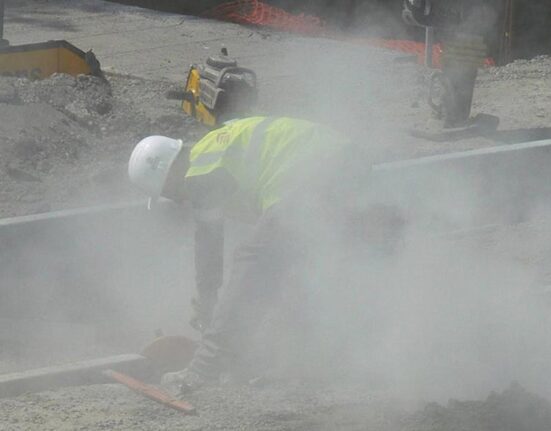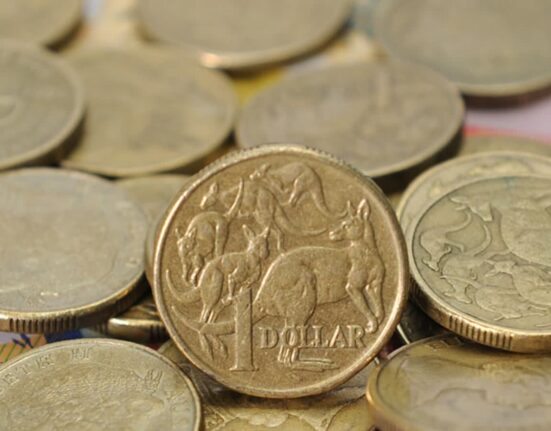Governments are gearing up for a potential gas crisis as the looming 2029 shortfall warning sends shockwaves through the energy sector. The possibility of instituting an East Coast Gas Reserve to secure gas supply for south-eastern states has emerged as a crucial strategy under review.
**Government’s Response to Gas Shortage Threats**
The Australian government is on high alert following warnings from the Australian Energy Market Operator (AEMO) about anticipated gas shortages in the south-eastern regions by 2029. In light of this, various measures are being considered to mitigate potential risks and ensure a stable gas supply for domestic consumption.
**Labor’s Stance on Gas Reserves**
Newly appointed Industry Minister Tim Ayres hinted at the prospect of imposing laws that would compel gas producers to reserve a portion of their output for local use, emphasizing the need to prioritize domestic requirements over exports. The idea of establishing an East Coast Gas Reserve has gained traction within Labor circles, with plans to address the shortfall concerns head-on.
Expert Insight:
Industry experts highlight that implementing a gas reservation scheme could offer security and stability in times of crisis, safeguarding Australia’s energy needs amidst global uncertainties.
**State-Based Success Stories**
States like Western Australia and Queensland have already implemented successful gas reservation schemes, ensuring a steady supply of gas for their respective markets. By adopting similar strategies on a national scale, policymakers aim to replicate these achievements across other regions facing potential shortages.
Minister’s Perspective:
Resources Minister Madeleine King underscores the importance of reviewing existing market frameworks and regulatory mechanisms to enhance accessibility and affordability of gas for Australian consumers.
**Political Landscape Shifts**
The political landscape is witnessing significant shifts with both major parties reconsidering their stances on gas reserves. While historically opposed by the Coalition, recent developments have prompted reevaluations, including considerations for an east coast reserve akin to Western Australia’s model proposed by Peter Dutton during elections.
**Environmental Concerns vs. Economic Imperatives**
Controversies surrounding extending projects like North West Shelf project have sparked debates between environmental activists advocating for emission reduction targets and officials prioritizing economic growth and energy security. Balancing these interests remains a critical challenge amid evolving energy dynamics.
Critical Analysis:
Balancing environmental sustainability with economic stability is becoming increasingly complex as nations navigate intricate energy transitions in pursuit of sustainable development goals.
**Local Initiatives Towards Energy Security**
Recent approvals such as Victoria’s endorsement of a gas import terminal underscore efforts to bolster local supply chains and mitigate potential future shortages. These initiatives aim not only at ensuring immediate availability but also long-term resilience against unforeseen disruptions in global markets.
**Future Prospects & Challenges Ahead**
As Australia grapples with impending energy challenges, aligning policies with diverse stakeholder interests will be pivotal in shaping sustainable solutions towards achieving energy independence while meeting international climate commitments simultaneously.









Leave feedback about this